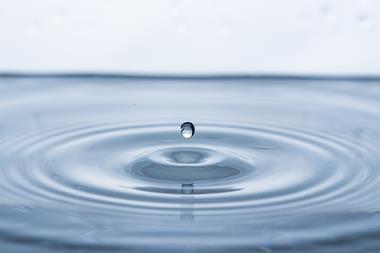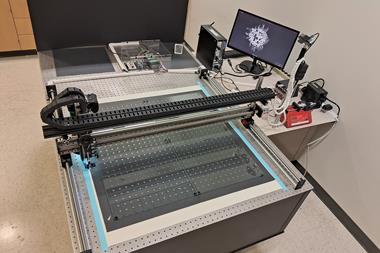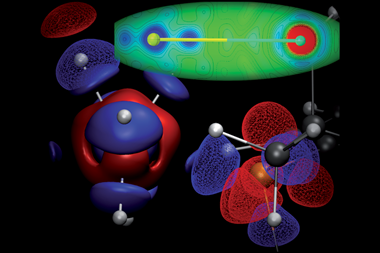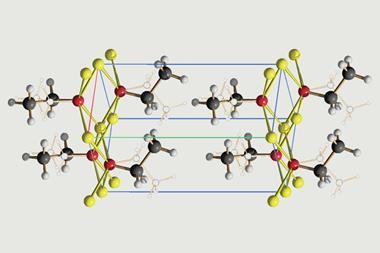Scientists have built a piece of software for studying crystal growth. Named CrystalGrower, it uses Monte Carlo simulations to model not only the crystal habit, but also the nanoscopic surface topography of any crystal structure under conditions of variable supersaturation or at equilibrium.
The form of crystals is vital to their functionality. That is why scientists have been studying how crystals grow under different conditions for centuries. More recently, techniques such as atomic force microscopy have even allowed users to examine the nanoscopic surface of crystals.
From these studies, we know that crystals are organised, with the molecules that make them kept in very well defined positions. To achieve this, crystals can accept and reject different molecules as they grow. But this means ‘the energies of attachment have to be very, very small … [so] they’re very, very difficult to compute,’ explains Mike Anderson from the University of Manchester in the UK.
Anderson, along with his colleague James Gebbie-Rayet, used information about the nanoscopic surface of crystals that is very sensitive to these small attachment energies to build the code needed for CrystalGrower. The software calculates the free energy of crystallisation of units of growth, combined with the effect of the growth or dissolution of species upon their neighbours. A Monte Carlo algorithm, which also takes into account statistical chance, then ensures that the software chooses favoured sites for growth or dissolution.
Their Manchester colleagues Adam Hill and Mollie Trueman designed a user-friendly interface for the software and a visualiser package to display the results. Anyone who wants to understand or control the outcome of crystal growth can now use the code simply by inputting structure files that can be downloaded from many crystallographic databases. ‘It can be used not only by theoretical chemists, but by people at the bench,’ says Anderson. ‘I hope that this ultimately will be used as an educational tool as well.’
‘Crystals grow in solution from a highly complex and disordered soup of chemical species, yet they emerge with beautiful symmetries and well-defined morphologies,’ comments Kristen Fichthorn, whose research into atomic-scale simulations of fluid–solid interfaces at Penn State University, US, has applications in the field of crystal growth. ‘In CrystalGrower, this complexity is reduced to its essential elements and the result is a delightful software package that can faithfully render the morphologies of a variety of different crystals grown in solution based on a few values for crystal-growth free energies.’
Looking to the future the team want to expand CrystalGrower to allow users to add in more crystal defects. The software currently permits the incorporation of screw dislocations and internal point defects in crystals. As these defects are critical to crystal functionality, having a tool to help avoid or design them could have important implications for improving the industrial production of crystals.






















No comments yet